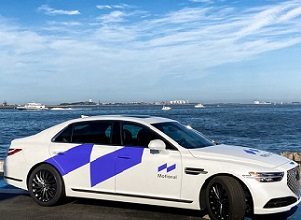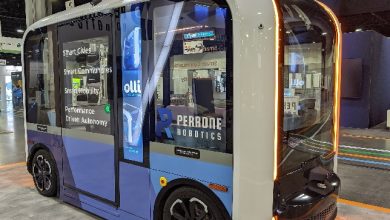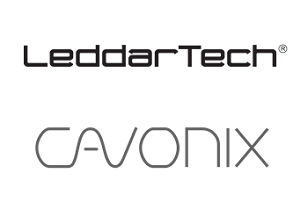Apple’s Project Titan: sophisticated V2V communications for autonomous vehicles
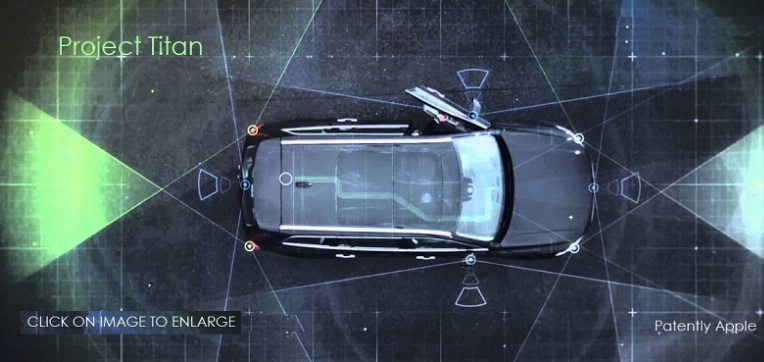
The US Patent & Trademark Office published a patent application from Apple that relates to Project Titan. More specifically, the patent relates to very sophisticated vehicle-to-vehicle communications systems that directly relates to future automated vehicles. Project Titan is Apple’s semi and fully autonomous vehicles project that may one day materialize.
In Apple’s patent background they explain that vehicle-to-everything (V2X) and Vehicle-to-vehicle (V2V) communications are automobile technologies designed to allow automobiles to communicate with each other and with other devices (e.g., pedestrian smartphones and traffic lights). These technologies have the potential to redefine transportation by providing real-time, highly reliable, and actionable information flows to enable safety, mobility and environmental applications. Additionally, these techniques may pave the way to connected and automated driving (CAD).
Devices participating in a V2V system may need to acquire appropriate resources, such as frequency resources, to communicate with one another. Resource selection can potentially be performed with assistance from a cellular base station or autonomously (e.g., without assistance from a base station). Autonomous mode operation may be necessary as cellular network coverage cannot be guaranteed for all geographic locations through which vehicles may travel.
Thus, the ability for vehicles (or other devices) to autonomously implement, in an ad-hoc manner, resource selection (e.g., to appropriately distribute frequency resources to devices in a particular area) can be critical to successful deployment of V2V technologies.
Apple’s invention covers techniques that relate to the selection of frequency resources, by User Equipment (UE), for autonomous mode operation of UEs. In some implementations, a UE, in a sensing window, may make measurements relating to power transmitted by other UEs and receive sidelink control information (SCI) transmitted by the other UEs. Based on these measurements, the UE may selectively exclude spectrum resources, from the set of possible resources, to obtain a final set of resources from which the UE may select resources to use for transmitting.
Apple’s patent FIG. 1 below is a diagram of an example system in which systems and/or methods may be implemented. As shown, system 100 may include a telecommunication network that includes a Radio Access Network (RAN) #120 that is connected to a Core Network (CN) #130. The RAN and CN 30 may provide network connectivity to UEs #110. The RAN 20 may include, for example, one or more 3rd Generation Partnership Project (3GPP) base stations #125, such Long Term Evolution (LTE) evolved NodeBs (eNBs) and/or one or more 3GPP 5.sup.thGeneration (5G) eNBs.
Additionally, 5G Device-to-Device (D2D) communications, as described herein, may include UEs communicating directly with one another (e.g., via a D2D connection) using 5G NR resources. When UEs 110 are vehicles, the D2D connections may include V2V connections. Although V2V connections will generally be described herein, the described techniques may be equally applicable to V2X connections.
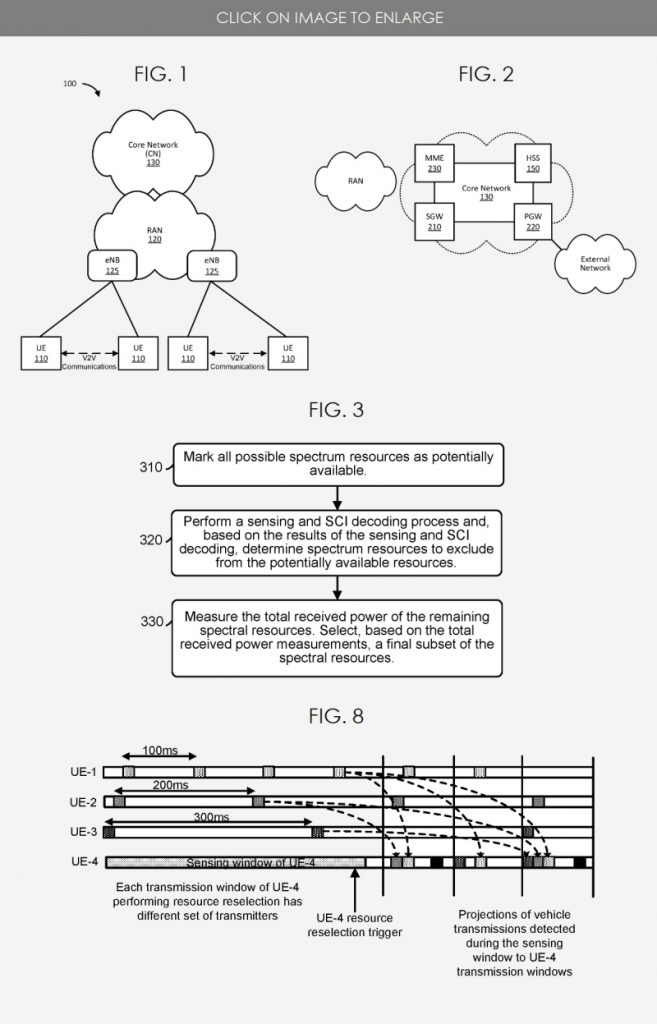
Patent FIG. 2 above is a diagram of an example of core network; FIG. 3 is a flowchart of an example process relating to resource selection for UEs when operating in an autonomous resource selection mode; FIG. 8 is a diagram illustrating an example of the impact of different transmission periodicities, associated with different UEs, on the transmission of a particular UE.
This is a highly technical patent that will be appreciated more by engineers in this field.

